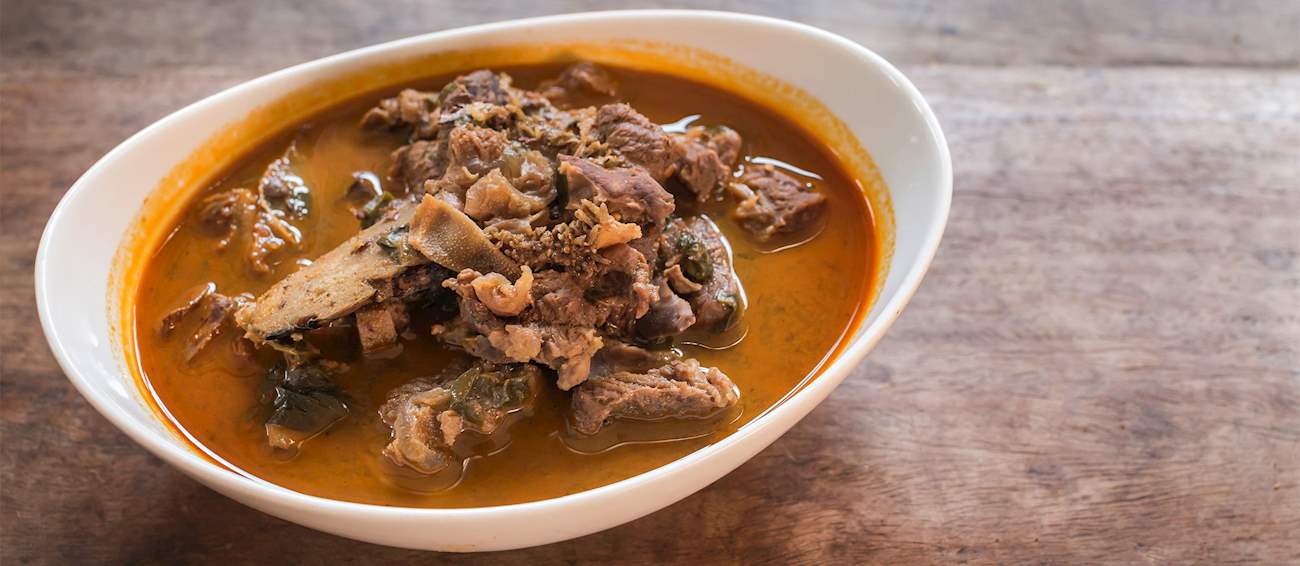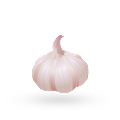Kaeng pa (also called jungle curry or forest curry) is a traditional variety of Thai curry hailing from the northern, forested parts of the country. This curry is watery in consistency since it doesn't contain any coconut milk.
Other ingredients usually include galangal, garlic, chili peppers, kaffir lime leaves, green peppercorns, lemongrass, bamboo shoots, and Thai eggplant. Traditionally, this curry was prepared with wild boar, but nowadays it's mostly prepared with chicken, pork, or firm-fleshed white fish.
Once done, kaeng pa is served with steamed rice on the side.
Kaeng om is a light herbal curry originating from northern Thailand. Unlike the creamy curry varieties, this version does not employ coconut milk. The meat stock is water-based and enriched with a pungent fish sauce known as pla ra, kaffir lime leaves, dill, various vegetables, as well as a fragrant curry paste which usually combines chili peppers, shallots, garlic, and lemongrass.
Although it is usually prepared with chicken, the dish can also incorporate other types of meat or fish. Kaeng om can be enjoyed on its own as a healthy, nutritious soup, but it can also be served with rice or noodles on the side.
MAIN INGREDIENTS
Kaeng hang le is Northern Thai curry variety that was modeled on a similar Burmese dish. The dish consists of a curry base that is usually made with dried chili peppers, lemongrass, galangal, shrimp paste, garlic, and shallots, while other ingredients usually include pork, mainly pork belly, tamarind juice, peanuts, pineapple, and shallots.
Variations of the dish are found throughout the region, and they may even include other types of meat or seafood. Before it is served, this traditional curry is usually garnished with thin strips of freshly sliced ginger.
TasteAtlas food rankings are based on the ratings of the TasteAtlas audience, with a series of mechanisms that recognize real users and that ignore bot, nationalist or local patriotic ratings, and give additional value to the ratings of users that the system recognizes as knowledgeable. TasteAtlas Rankings should not be seen as the final global conclusion about food. Their purpose is to promote excellent local foods, instill pride in traditional dishes, and arouse curiosity about dishes you haven’t tried.












